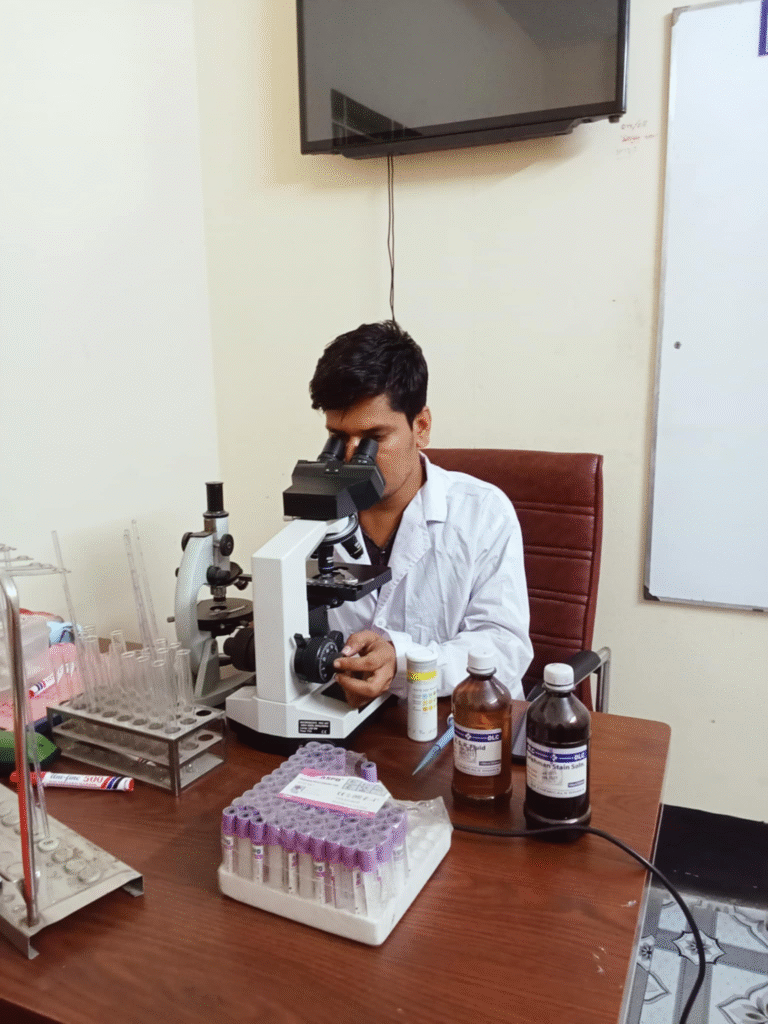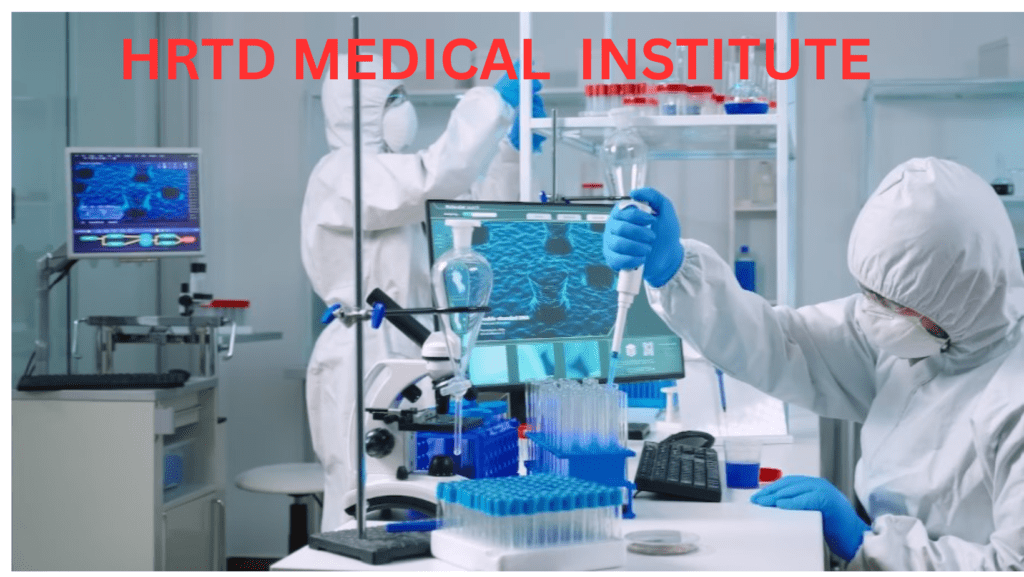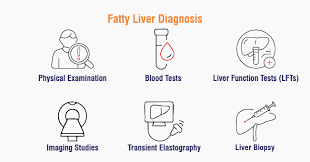Vitamin D Test 01797522136
Introduction

Vitamin D is a critical nutrient and hormone-like compound responsible for calcium metabolism, bone health, immune system regulation, and many other physiological processes. Despite its importance, Vitamin D deficiency is one of the most common nutritional deficiencies worldwide, including in sun-rich countries like Bangladesh. The Vitamin D test has emerged as a key diagnostic tool for identifying deficiency, guiding treatment, and preventing complications associated with low or excessive Vitamin D levels.
At HRTD Medical Institute, we emphasize the importance of accurate laboratory testing in modern medicine. This detailed content explores the Vitamin D test, its indications, methodology, interpretation, clinical relevance, and public health implications.
Chapter 1: Understanding Vitamin D
Before delving into the test, it is crucial to understand the nutrient it measures. Vitamin D exists in two forms:
- Vitamin D2 (Ergocalciferol): Derived from plants and fortified foods.
- Vitamin D3 (Cholecalciferol): Produced in the skin upon exposure to UVB sunlight and present in animal-based foods.
Both forms undergo conversion to 25-hydroxyvitamin D [25(OH)D] in the liver. This is the form measured in blood tests because it reflects overall Vitamin D status. The active form, 1,25-dihydroxyvitamin D [1,25(OH)₂D], is produced in the kidneys and acts as a hormone.
At HRTD Medical Institute, we ensure our students and healthcare trainees understand Vitamin D metabolism since it directly relates to clinical testing and interpretation.
Chapter 2: What is the Vitamin D Test?
The Vitamin D test is a laboratory examination that measures the concentration of 25-hydroxyvitamin D [25(OH)D] in the blood. This test is considered the gold standard for assessing Vitamin D status because:
- 25(OH)D is the major circulating form.
- It reflects both dietary intake and synthesis from sunlight.
- It provides an accurate estimate of total body Vitamin D reserves.
Types of Vitamin D Tests
- 25-hydroxyvitamin D [25(OH)D] Test
- Most commonly used.
- Indicates total Vitamin D status.
- 1,25-dihydroxyvitamin D [1,25(OH)₂D] Test
- Rarely ordered, since levels do not reflect Vitamin D reserves.
- Mainly used in patients with kidney disease or rare metabolic disorders.
At HRTD Medical Institute, Dhaka, we use and teach the 25(OH)D test as the standard for evaluating Vitamin D status in clinical practice.
Chapter 3: Indications for Vitamin D Testing
A doctor may recommend a Vitamin D test for various reasons. Common indications include:
- Bone Disorders
- Suspected rickets in children.
- Osteomalacia or osteoporosis in adults.
- Chronic Diseases
- Kidney disease (affecting Vitamin D metabolism).
- Liver disease (impairing Vitamin D processing).
- Endocrine Disorders
- Hyperparathyroidism (Vitamin D influences calcium and parathyroid hormone balance).
- Nonspecific Symptoms
- Fatigue, body aches, muscle weakness, frequent infections, and low mood.
- High-Risk Groups
- Elderly, pregnant women, breastfeeding mothers.
- People with limited sun exposure.
- Dark-skinned individuals.
- Patients with obesity or malabsorption syndromes.
At HRTD Medical Institute, we train healthcare professionals to recognize these clinical indications and apply diagnostic testing appropriately.

Chapter 4: Methodology of Vitamin D Test
Modern laboratories employ several methods to measure serum 25(OH)D.
1. Immunoassays
- Widely used due to affordability and accessibility.
- Includes chemiluminescent immunoassay (CLIA) and enzyme-linked immunoassay (ELISA).
- Limitation: variability between methods.
2. Liquid Chromatography-Tandem Mass Spectrometry (LC-MS/MS)
- Considered the most accurate technique.
- Distinguishes between Vitamin D2 and D3.
- Used in reference laboratories and research centers.
3. High-Performance Liquid Chromatography (HPLC)
- Accurate but less commonly used due to complexity.
At HRTD Medical Institute, Dhaka, our teaching laboratories highlight the principles of these methods, their reliability, and their clinical implications for patient care.
Chapter 5: Preparation for the Test
The Vitamin D test is a simple blood test with minimal preparation required. Patients are advised:
- No fasting is usually needed.
- Inform the physician about supplements, as Vitamin D pills can influence results.
- Test can be taken at any time of day.
Our faculty at HRTD Medical Institute educates patients and students about proper test preparation to ensure accuracy and consistency of results.

Chapter 6: Reference Ranges and Interpretation
Interpreting Vitamin D test results is essential for diagnosis and treatment.
- Deficiency: <20 ng/mL (50 nmol/L)
- Insufficiency: 20–29 ng/mL (50–75 nmol/L)
- Sufficiency: 30–100 ng/mL (75–250 nmol/L)
- Toxicity: >150 ng/mL (>375 nmol/L)
Clinical Meaning
- Deficient: Increased risk of rickets, osteomalacia, bone weakness, immune dysfunction.
- Insufficient: May cause subtle symptoms like fatigue, low mood, poor immunity.
- Sufficient: Healthy bone and metabolic function.
- Toxicity: Can lead to hypercalcemia, kidney stones, vascular calcification.
At HRTD Medical Institute, we stress that Vitamin D results must always be interpreted alongside patient history, diet, lifestyle, and other lab findings.
Chapter 7: Clinical Applications of the Vitamin D Test
- Bone Health Management
- Guiding treatment for osteoporosis.
- Monitoring rickets therapy in children.
- Chronic Disease Monitoring
- Essential in chronic kidney disease patients.
- Used in liver disorders.
- Preventive Healthcare
- Screening at-risk populations.
- Preventing deficiency-related complications.
- Research Applications
- Investigating links between Vitamin D and autoimmune diseases, cancer, and infections.
At HRTD Medical Institute, Dhaka, our curriculum integrates real patient case studies to demonstrate the practical applications of Vitamin D testing.
Chapter 8: Vitamin D Deficiency – Insights from Testing
Vitamin D deficiency is common globally, with high prevalence in Bangladesh. Despite abundant sunlight, lifestyle, clothing, and diet contribute to widespread deficiency.
Insights from Testing Programs
- Urban populations show higher deficiency due to indoor lifestyles.
- Women, especially those wearing full-body covering clothing, are at high risk.
- Children often present with rickets due to inadequate nutrition.
By conducting Vitamin D tests, physicians can identify hidden deficiencies and prevent long-term health problems. At HRTD Medical Institute, we advocate for routine testing in high-risk groups.
Chapter 9: Limitations of Vitamin D Testing
Although highly valuable, Vitamin D testing has certain challenges:
- Variability between labs and assay methods.
- Seasonal fluctuations in Vitamin D levels.
- Cost and accessibility in low-income settings.
- Misinterpretation leading to unnecessary supplementation.
At HRTD Medical Institute, we train students to consider these limitations and always combine test results with clinical judgment.
Chapter 10: Vitamin D Test in Public Health
The test plays a role not only in individual healthcare but also in community health planning.
- Screening helps estimate prevalence of deficiency.
- Guides government policies on food fortification.
- Essential in maternal and child health programs.
In Bangladesh, widespread Vitamin D testing could help reduce cases of rickets, low birth weight, and osteoporosis-related fractures. At HRTD Medical Institute, we strongly recommend policymakers to include Vitamin D screening in national health strategies.
Chapter 11: The Role of HRTD Medical Institute
As an academic and diagnostic institution, HRTD Medical Institute, Dhaka is dedicated to:
- Education: Training students in biochemistry, laboratory medicine, and public health aspects of Vitamin D testing.
- Diagnostics: Offering reliable laboratory services for Vitamin D measurement.
- Research: Investigating the prevalence of deficiency in local communities.
- Awareness: Conducting seminars and workshops for healthcare professionals and the general public.
By integrating laboratory science with clinical practice, we aim to reduce the burden of Vitamin D deficiency in Bangladesh.
Chapter 12: Prevention and Monitoring
Regular Vitamin D testing allows early detection and management.
Preventive Strategies
- Encourage safe sunlight exposure.
- Promote consumption of fortified foods.
- Educate on proper supplementation.
Monitoring
- Patients on Vitamin D therapy require periodic testing.
- High-dose supplementation must be monitored to prevent toxicity.
At HRTD Medical Institute, we emphasize continuous monitoring as part of personalized medicine.
Conclusion
The Vitamin D test is a powerful diagnostic tool that bridges laboratory science and clinical medicine. By identifying deficiency early, guiding supplementation, and monitoring therapy, it plays a central role in preventing bone disease, supporting immunity, and improving overall health outcomes.
At HRTD Medical Institute, Dhaka, we remain committed to advancing medical education, diagnostics, and public health interventions surrounding Vitamin D. By promoting widespread awareness and accessibility of Vitamin D testing, we aim to combat one of the most overlooked yet critical nutritional deficiencies of our time.
 Pathology Training Institute in Bangladesh Best Pathology Training Institute in Bangladesh
Pathology Training Institute in Bangladesh Best Pathology Training Institute in Bangladesh





